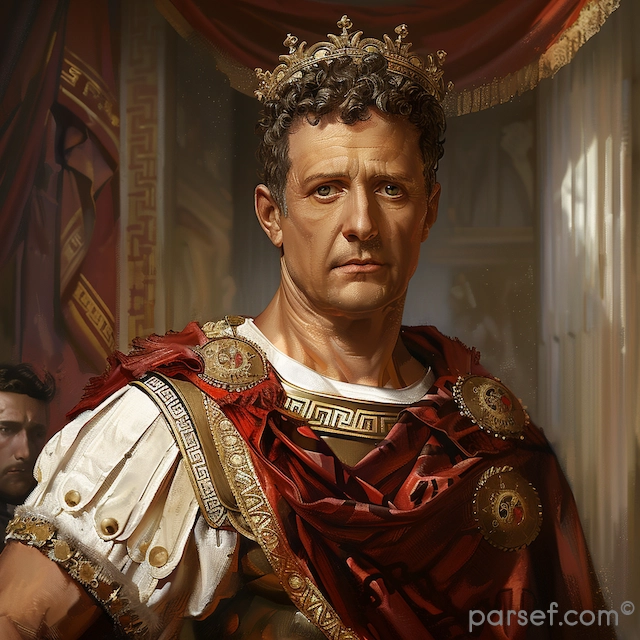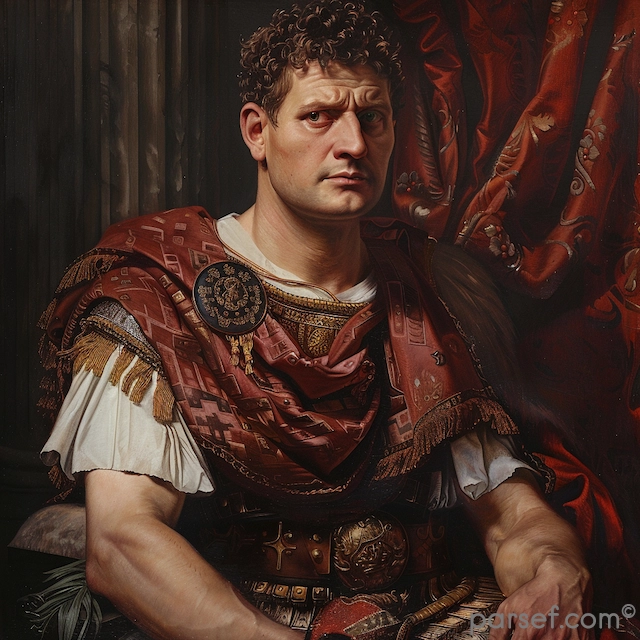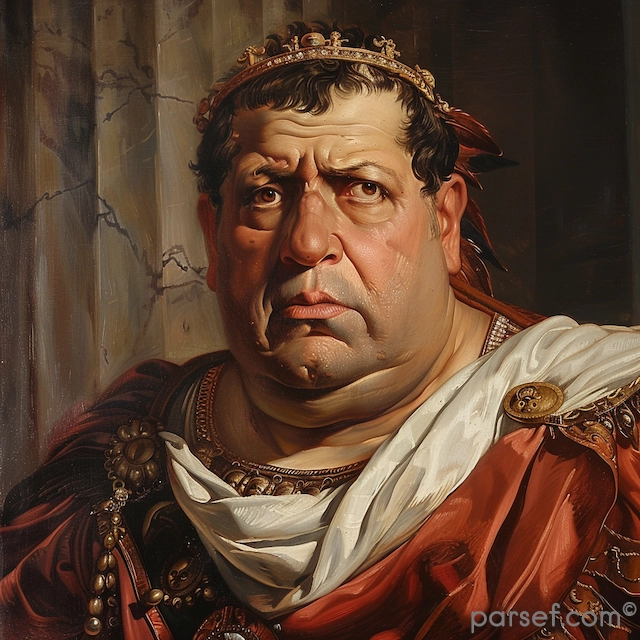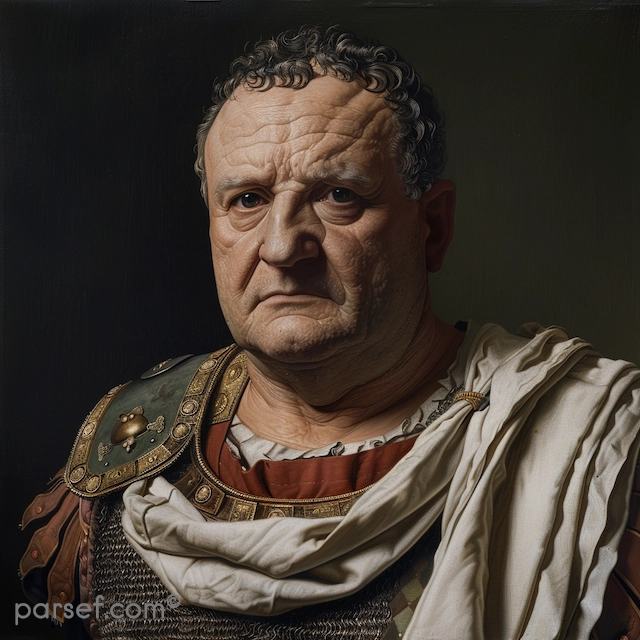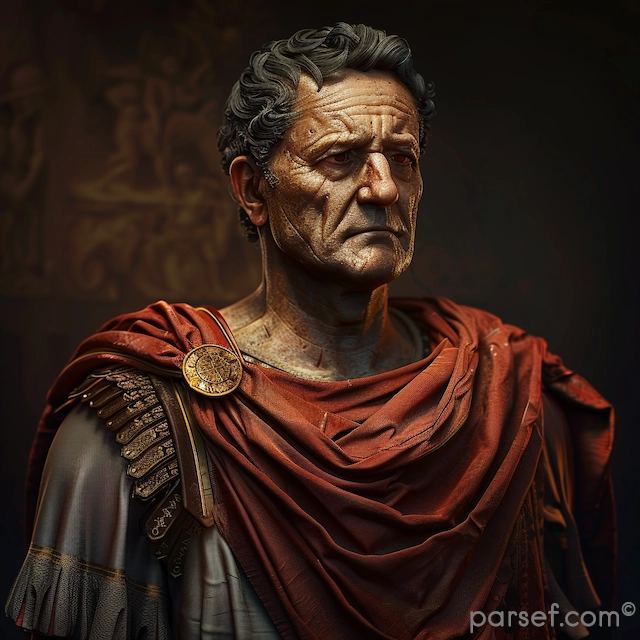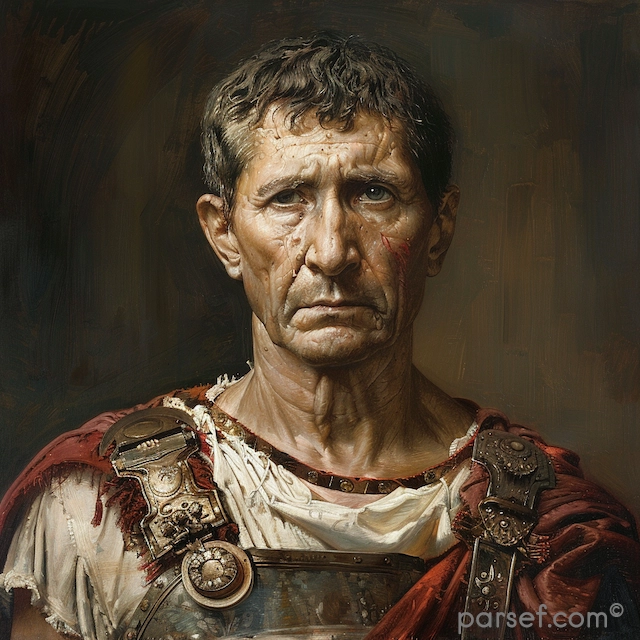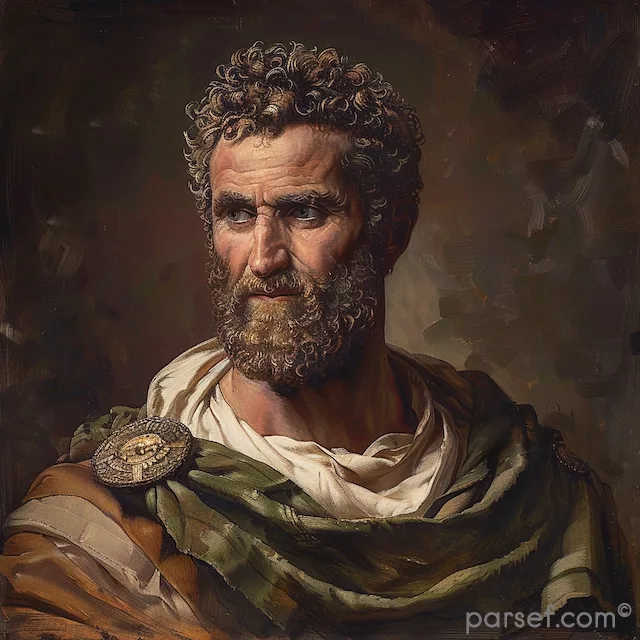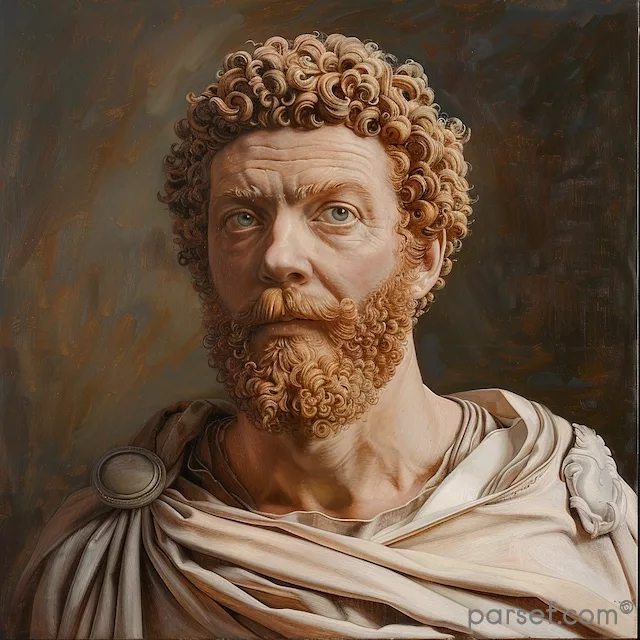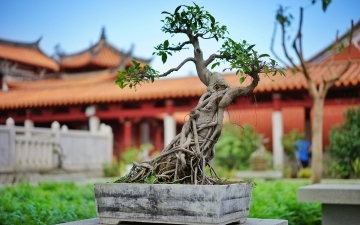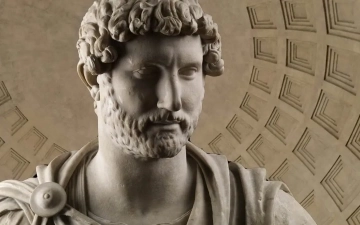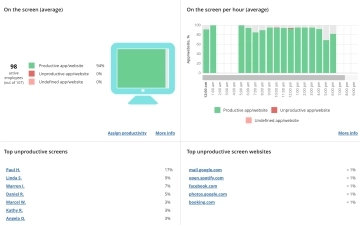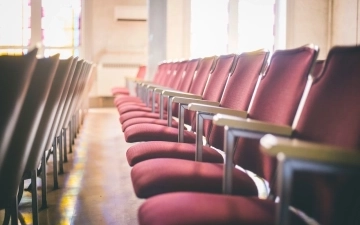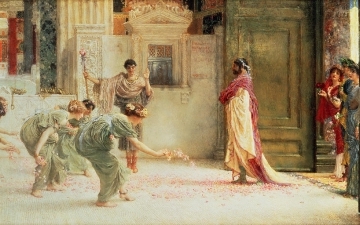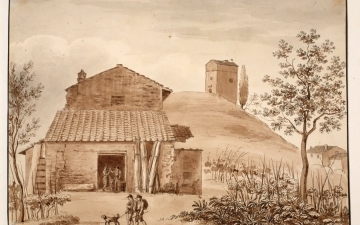From Roman Thrones to Heavenly Crowns: The Emperor and the Rise of Catholicism
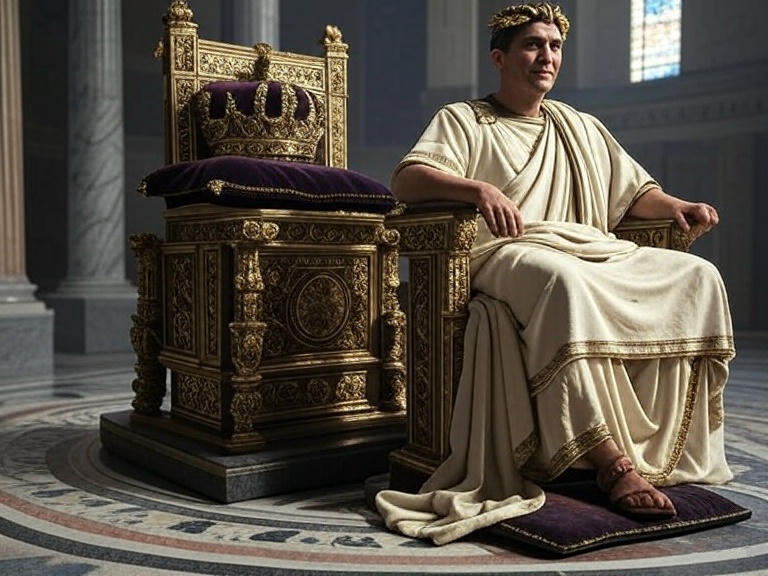
Once upon a time in the bustling heart of ancient Rome, emperors wore laurel wreaths and ruled sprawling empires with iron fists. Temples to Jupiter and Mars dotted the skyline, and gladiators clashed in the Colosseum under the approving gaze of the gods of Olympus. And yet, within this world of mighty emperors and pagan gods, a quiet revolution of love, humility, and faith began to take shape — one that would eventually transform the very soul of the empire and give rise to what we know today as Catholicism.
Let’s take a light stroll through history and explore how the Roman Emperor — that once all-powerful figure — played an unlikely but crucial role in the growth of the Catholic Church. And along the way, we’ll also touch on how today’s faithful can stay connected to those early roots through beautiful, handcrafted items from places like Holyart, a sanctuary of artisanal faith pieces.
The Roman Empire: Birthplace of a Global Church?
It's almost poetic that the seat of ancient pagan power, Rome would become the cradle of the Catholic Church. At first, Christianity was a tiny movement, one of many spiritual sects under Roman rule. It was seen as suspicious, even dangerous, especially because early Christians refused to worship the emperor as a deity. This led to waves of persecution, you might recall famous stories of Christians thrown to lions or martyred in the shadows of Roman stadiums.
But despite all that, Christianity grew. Not because it sought power, but because it offered something radically different: a message of mercy, redemption, and eternal love. It reached the hearts of slaves and soldiers alike. And soon, even Rome could not resist.
Constantine the Great: An Emperor Transformed
Enter Constantine the Great, perhaps the most surprising twist in the Christian story. In the early 4th century, Constantine rose to power amidst political chaos. According to legend, before a pivotal battle, he saw a vision of a cross in the sky with the words “In this sign, conquer.” Taking this as divine guidance, he embraced the Christian God, won the battle, and changed history.
In 313 AD, Constantine issued the Edict of Milan, granting Christians the freedom to worship openly. For the first time, being a follower of Christ wasn’t a crime but was protected by law. Constantine also called the First Council of Nicaea, a major milestone where bishops gathered to affirm core beliefs of the Christian faith.
While Constantine didn’t make Christianity the state religion (that came later under Emperor Theodosius), he planted the seeds for what would become the Holy Roman Church, rooted in Rome, guided by bishops, and eventually led by the Pope himself.
From Empire to Eternity
With imperial support, churches blossomed across the empire. Catacombs gave way to basilicas. The bishop of Rome, now respected as the Pope, emerged as a spiritual leader for the growing community of Christians. As the western Roman Empire fell in the 5th century, the Church became a stabilizing force, offering hope, education, and moral leadership through centuries of change.
It’s incredible to think how the grandeur of Roman rule faded into history, but the humble message of Christ, once spread in secret, now echoes through every Catholic Mass, homily, and hymn around the world.
Connecting the Past to the Present
Today, the Roman legacy lives on in the structure, tradition, and sacred spaces of the Catholic Church. From the Vatican’s splendor to small village chapels, the heart of Catholicism still beats with that ancient rhythm, one shaped by Roman roads, emperors, and councils, but transformed by divine love.
For modern Catholics looking to keep this legacy alive in their homes, places like Holyart provide a meaningful bridge. With their stunning collection of handcrafted crosses, icons, statues, and rosaries, Holyart brings the beauty of faith into everyday life, just as the early Christians once filled their homes with simple symbols of belief. Whether it’s a hand-carved crucifix from Italy or a delicately painted Madonna icon, these items remind us of the enduring bond between history, faith, and tradition.
A Faith That Outlasted an Empire
So next time you glance at a crucifix or light a candle in prayer, remember: your faith is rooted in centuries of resilience, transformation, and grace. It passed through the courts of emperors, the silence of catacombs, and the councils of early saints all the way to your living room shelf or bedside table.
And thanks to thoughtful artisans and faith-based shops like Holyart, that connection to history can be as beautiful as it is meaningful.
The emperors may be gone, but the Kingdom they helped open; the one not of this world, lives on with us.
Related Posts
Bonsai Trees: The Art, Care, and Beauty of Miniature Trees
Bonsai trees are more than just plants—they are living works of art, shaped and nurtured over time to reflect nature’s beauty in miniature form. Originating from ancient Asian traditions, bonsai trees symbolize harmony, patience, and balance, making them a meaningful and meditative hobby for plant lovers worldwide. Whether you're a...
Read MoreHadrian: Building Walls and Bridges in Ancient Rome
In the annals of Roman history, Emperor Hadrian stands out as a multifaceted ruler known for his significant architectural projects, military achievements, and contributions to the empire's cultural development. His reign, from 117 to 138 CE, was marked by a commitment to both defending and connecting the vast Roman territories....
Read MoreBoost Productivity Respectfully: Non-Intrusive Alternatives to Screen Capture Monitoring
Screen monitoring has become essential in modern work environments, particularly with the shift towards remote and hybrid models. Many companies utilize screen capture tools to ensure productivity. But is this the best way to enhance employee performance? Overview of screenshot-based monitoring Screen capture employee monitoring is a popular tool used by managers...
Read MoreCreating a Welcoming Worship Space: Tips for Choosing Inclusive Church Chairs
An inviting and inclusive church environment is paramount for fostering a strong sense of community and belonging. While theological beliefs and welcoming greetings are essential, the physical space itself also plays a significant role. One often-overlooked element that can significantly impact inclusivity is your church seating. This post dives...
Read MoreCaracalla: The Emperor of Bloodshed and the Architect of Roman Citizenship
Caracalla, son of the formidable Emperor Septimius Severus, is a complex and contradictory figure in Roman history. Often remembered for his brutality and paranoia, he is equally renowned for one of the most far-reaching edicts in Roman law. His reign was marked by a tumultuous blend of violence and reform. Shortly...
Read MoreSeverus Alexander: The Emperor Who Faced Down Crisis and Attempted to Restore Order
Severus Alexander, often overshadowed by the more flamboyant and controversial emperors who preceded him, was a ruler who ascended to the imperial throne at a time of profound crisis. His reign, while ultimately brief, was marked by a determined effort to restore order and stability to the Roman Empire. Grandson of...
Read More

